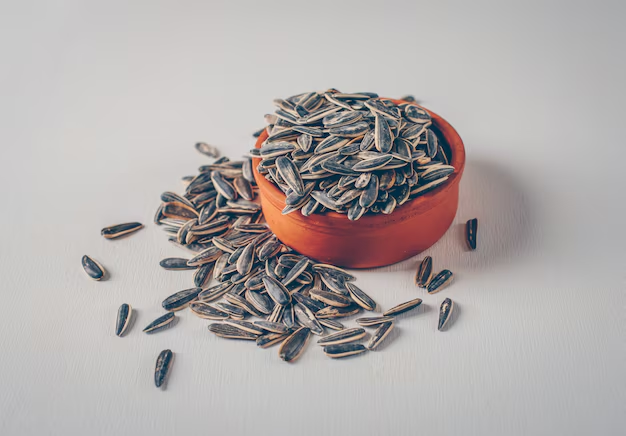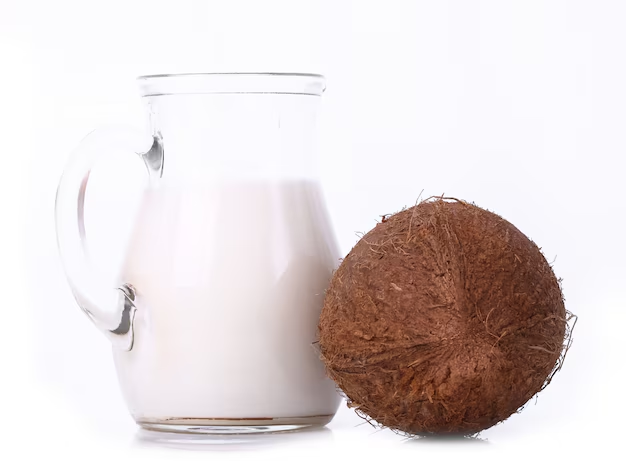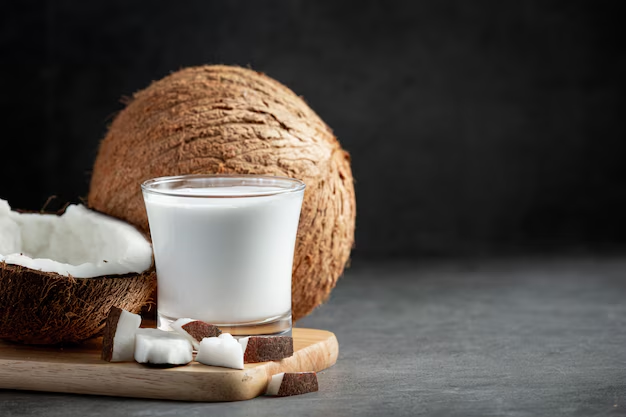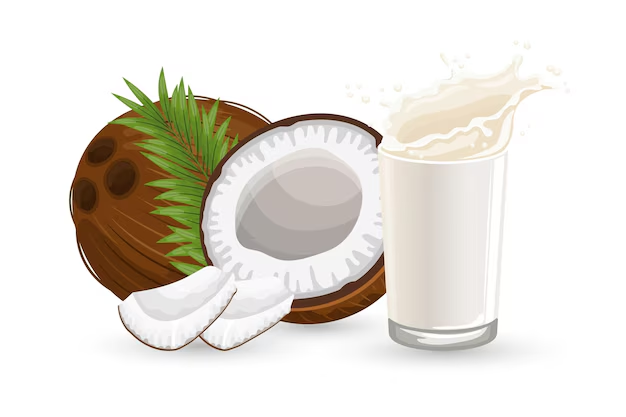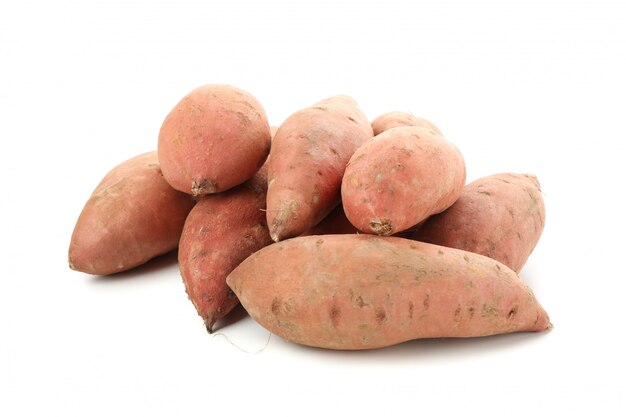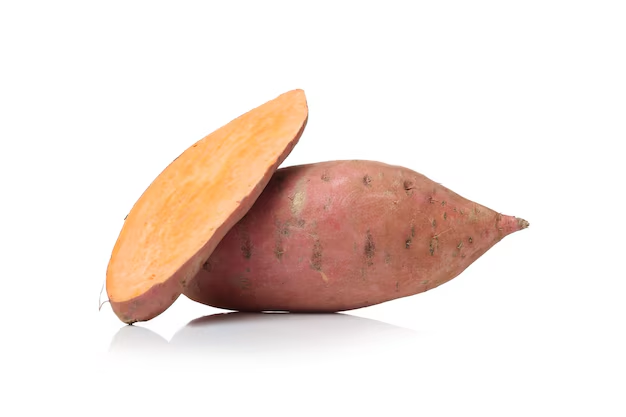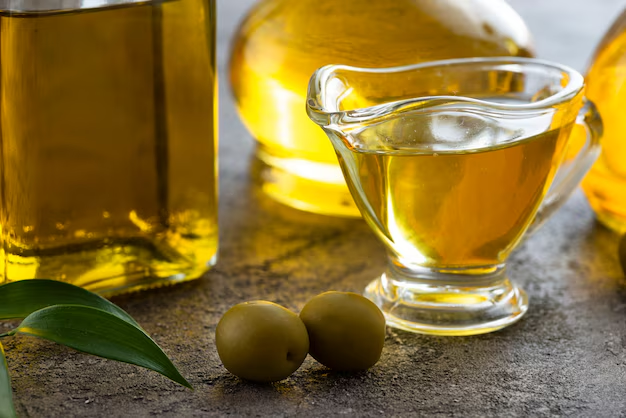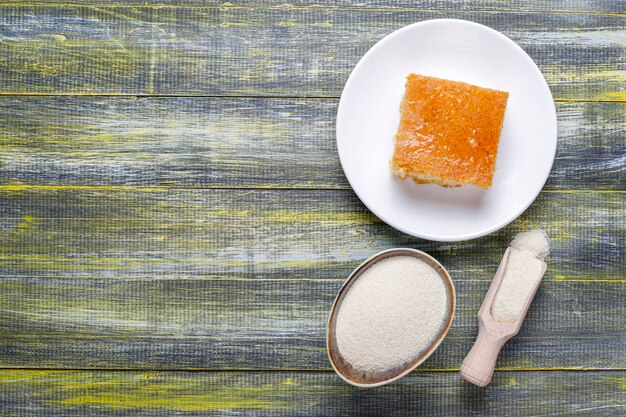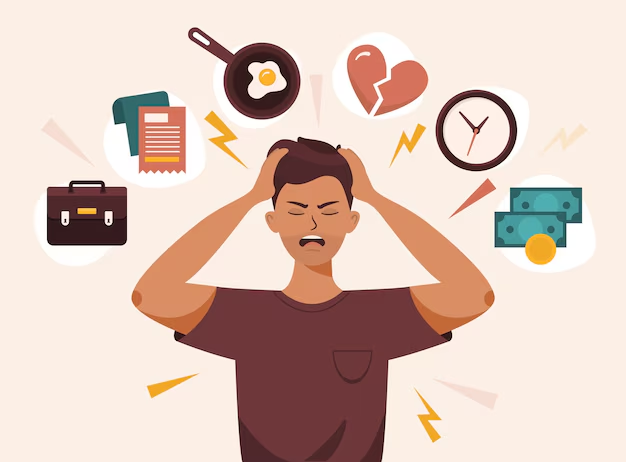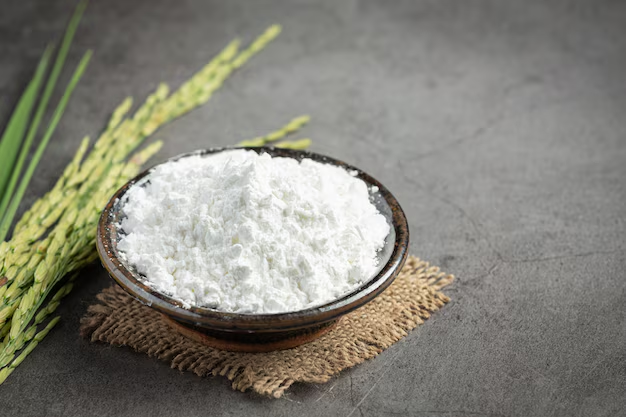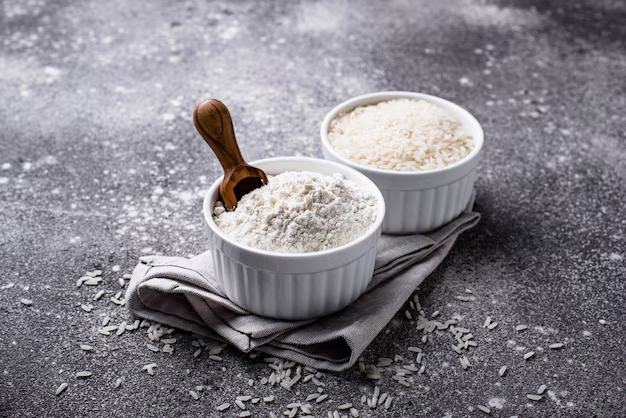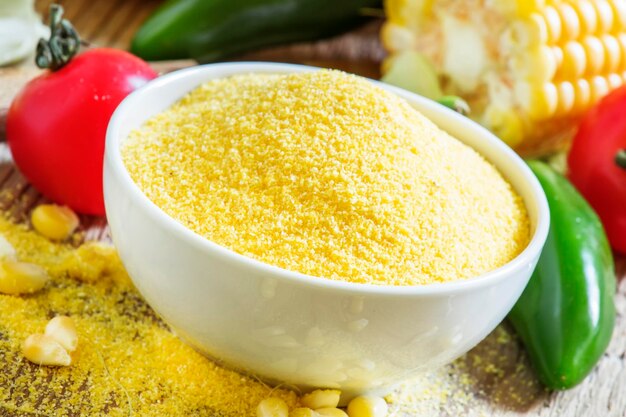Sunflower seeds are more than just a popular snack in the U.S.; they are a nutritional powerhouse with numerous health benefits. Packed with essential nutrients, these seeds are small but mighty. From supporting heart health to boosting the immune system, sunflower seeds have earned their place in a balanced diet. Let’s dive deeper into their nutritional profile and health benefits.
Nutritional Profile of Sunflower Seeds
Sunflower seeds boast an impressive nutritional profile. They are rich in macronutrients, vitamins, and minerals, offering a well-rounded contribution to your daily diet.
Macronutrients in Sunflower Seeds
Protein Content and Its Benefits
Sunflower seeds are an excellent source of plant-based protein. Just one ounce provides about 6 grams of protein, making them ideal for muscle repair and growth. Adding them to your diet can help you meet your daily protein needs, especially if you follow a vegetarian or vegan lifestyle.
Healthy Fats: Unsaturated Fats and Heart Health
These seeds are high in unsaturated fats, including both monounsaturated and polyunsaturated fats. These healthy fats play a vital role in reducing bad cholesterol (LDL) levels and increasing good cholesterol (HDL). This helps maintain a healthy heart and reduces the risk of cardiovascular diseases.
Carbohydrates and Dietary Fiber
Sunflower seeds are low in carbohydrates but rich in dietary fiber. Fiber promotes healthy digestion, supports gut health, and helps maintain steady blood sugar levels. Including sunflower seeds in your snacks can keep you fuller for longer.
Vitamins and Minerals
Vitamin E: Antioxidant Properties and Skin Health
Sunflower seeds are loaded with Vitamin E, a powerful antioxidant. This vitamin protects cells from oxidative stress, supports skin health, and helps maintain a youthful appearance. A small serving of seeds can fulfill a significant portion of your daily Vitamin E requirement.
B Vitamins: Energy Metabolism and Brain Function
These seeds are a great source of B vitamins, including thiamine, niacin, and folate. B vitamins play a crucial role in energy production and support optimal brain function. They help convert food into energy and maintain cognitive health.
Minerals: Magnesium, Selenium, and Zinc
- Magnesium helps regulate blood pressure and supports bone health.
- Selenium boosts immunity and acts as an antioxidant to protect the body from free radicals.
- Zinc is essential for immune function, wound healing, and skin health.
Health Benefits of Sunflower Seeds
Adding sunflower seeds to your diet can significantly enhance your health. They are linked to numerous benefits supported by scientific studies.

Heart Health
Sunflower seeds promote heart health by lowering blood pressure and reducing cholesterol levels. The unsaturated fats and magnesium in these seeds are essential for maintaining a healthy cardiovascular system. They help relax blood vessels and improve blood flow, reducing the risk of heart disease.
Anti-Inflammatory Properties
Chronic inflammation is linked to numerous health problems, including arthritis and heart disease. Sunflower seeds contain compounds like Vitamin E and phytochemicals that reduce inflammation markers. Regular consumption can help alleviate symptoms of inflammatory conditions.
Blood Sugar Regulation
Sunflower seeds may help regulate blood sugar levels, making them beneficial for individuals with type 2 diabetes. The combination of healthy fats, protein, and fiber slows down glucose absorption, preventing sudden spikes in blood sugar.
Immune System Support
The zinc and selenium content in sunflower seeds contributes to a strong immune system. Zinc aids in immune cell production and repair, while selenium enhances the body’s defense mechanisms against infections. Including sunflower seeds in your diet can help you stay healthy year-round.
Potential Risks and Considerations
While sunflower seeds are packed with nutrients, it’s essential to consume them mindfully to avoid potential downsides. Let’s explore some considerations.
Calorie Density
Sunflower seeds are calorie-dense, with about 165 calories per ounce. Although they’re a healthy snack, overeating can lead to excessive calorie intake, contributing to weight gain. Practicing portion control is key—aim for a small handful (about 1 ounce) as a daily serving.
Sodium Content
Many sunflower seeds are sold salted, significantly increasing their sodium content. High sodium intake can lead to hypertension and other cardiovascular issues. Opt for unsalted or lightly salted varieties to enjoy their benefits without overloading on sodium.
Allergic Reactions
Although uncommon, some individuals may be allergic to sunflower seeds. Symptoms can range from mild itching to severe anaphylaxis. If you suspect an allergy, consult a healthcare professional for testing and advice. Always check labels for cross-contamination warnings, especially for packaged seeds.
Incorporating Sunflower Seeds into Your Diet
Sunflower seeds are versatile and can easily enhance your meals and snacks. Here’s how to make the most of them.
Serving Suggestions
- Toppings: Sprinkle sunflower seeds over salads, oatmeal, or yogurt for added crunch and nutrition.
- Baking: Incorporate them into bread, muffins, or granola bars. They add texture and a nutty flavor.
- Butter Alternative: Try sunflower seed butter as a substitute for peanut butter. It’s a great option for those with nut allergies.
Portion Recommendations
A typical serving size is about 1 ounce, equivalent to 2 tablespoons. This portion provides ample nutrients without overloading on calories. Measure your servings to avoid unintentional overeating.
Comparisons with Other Seeds and Nuts
Nutritional Comparison
- Pumpkin Seeds: Higher in magnesium and iron but lower in Vitamin E.
- Chia Seeds: Richer in omega-3 fatty acids and fiber, but contain less protein.
- Almonds: Higher in calcium and Vitamin E but also more calorie-dense.
Unique Benefits of Sunflower Seeds
Sunflower seeds shine with their high Vitamin E content and rich supply of selenium, making them a unique addition to a nutrient-rich diet.
Related to Read: Chia Seed Muesli
Conclusion
Sunflower seeds are a nutrient-packed snack with numerous health benefits, including heart health support, anti-inflammatory properties, and immune system boosts. However, moderation is crucial to avoid excessive calorie and sodium intake. Incorporating them into your diet is easy and delicious, whether as a topping, ingredient, or spread. With their unique profile, sunflower seeds are a fantastic choice for a balanced diet.
FAQs
1. Are sunflower seeds good for weight loss?
Yes, sunflower seeds can aid weight loss when consumed in moderation. Their high protein and fiber content help keep you full, reducing the likelihood of overeating. However, their calorie density means portion control is essential.
2. Can people with nut allergies eat sunflower seeds?
Sunflower seeds are not nuts and are generally safe for those with nut allergies. However, cross-contamination in processing facilities is possible. Always check labels and consult with an allergist if you’re unsure.
3. Are salted sunflower seeds healthy?
Salted sunflower seeds can be high in sodium, which may lead to health issues like hypertension if consumed in excess. Choosing unsalted or lightly salted options is healthier.
4. How do sunflower seeds compare to chia and pumpkin seeds?
Sunflower seeds are higher in Vitamin E and selenium, while chia seeds are richer in omega-3 fatty acids and pumpkin seeds excel in magnesium content. Each seed type offers unique benefits, so incorporating a variety can provide balanced nutrition.

